
Bruce Bower has written about the behavioral sciences since 1984. He often writes about psychology, anthropology, archaeology and mental health issues. Bruce has a master's degree in psychology from Pepperdine University and a master's degree in journalism from the University of Missouri. Following an internship at Science News in 1981, he worked as a reporter at Psychiatric News, a publication of the American Psychiatric Association, until joining Science News as a staff writer. In 1996, the American Psychological Association appointed Bruce a Science Writer Fellow, with a grant to visit psychological scientists of his own choosing. Early stints as an aide in a day school for children and teenagers with severe psychological problems and as a counselor in a drug diversion center provided Bruce with a surprisingly good background for a career in science journalism.

Trustworthy journalism comes at a price.
Scientists and journalists share a core belief in questioning, observing and verifying to reach the truth. Science News reports on crucial research and discovery across science disciplines. We need your financial support to make it happen – every contribution makes a difference.
All Stories by Bruce Bower
-
 Psychology
PsychologyLong-lasting mental health isn’t normal
Those who stay mentally healthy from childhood to middle age are exceptions to the rule.
-
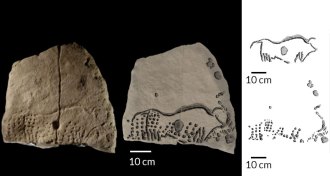 Archaeology
ArchaeologyCow carved in stone paints picture of Europe’s early human culture
Stone Age engraving helps to illuminate European travels of an ancient human culture.
-
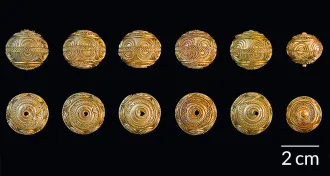 Archaeology
ArchaeologyIron Age secrets exhumed from riches-filled crypt
Wealthy woman’s 2,600-year-old grave highlights Central Europe’s early Iron Age links to Mediterranean societies.
-
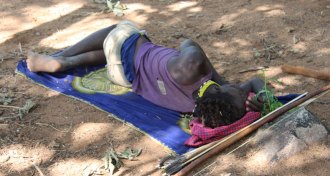 Anthropology
AnthropologySnooze patterns vary across cultures, opening eyes to evolution of sleep
Sleep plays out differently across cultures, but a consistent cycle of z’s and activity appears crucial.
-
 Climate
ClimateMonsoon deluges turned ancient Sahara green
The ancient Sahara Desert sprouted trees and lakes for thousands of years thanks to intense rainfall.
-
 Health & Medicine
Health & MedicinePromise and perils of marijuana deserve more scientific scrutiny
Report outlines medical potential and health dangers of cannabis and its components.
-
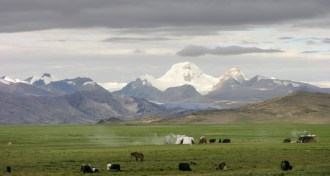 Archaeology
ArchaeologyHunter-gatherers were possibly first to call Tibetan Plateau home
Hunter-gatherers may have been Asia’s first year-round, high-altitude settlers.
-
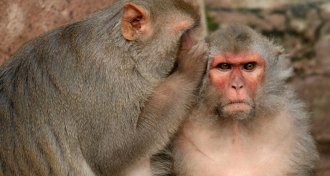 Anthropology
AnthropologyMonkeys have vocal tools, but not brains, to talk like humans
Macaques have vocal tracts, but not brains, built for talking much as people do, scientists say.
-
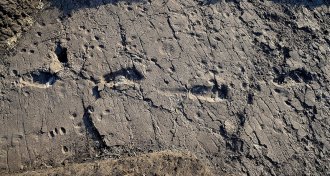 Anthropology
AnthropologyNew footprint finds suggest range of body sizes for Lucy’s species
Tracks discovered in Tanzania appear to have belonged to the tallest known Australopithecus afarensis individual, but stature estimates can be tricky.
-
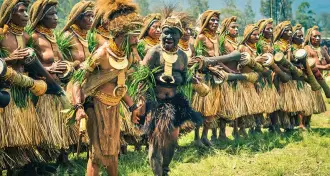 Genetics
GeneticsYear in review: How humans populated the globe
DNA studies put new twists on timing of ancient human migrations – but genetics alone are not enough to tell the full story.
-
 Anthropology
AnthropologyBuff upper arms let Lucy climb trees
Australopithecus afarensis’ heavily built arms supported tree climbing, scans of Lucy’s fossils suggest.
-
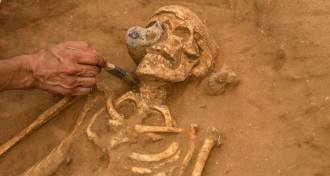 Archaeology
ArchaeologyAncient cemetery provides peek into Philistines’ lives, health
Burial site offers new look at Israelites’ mysterious enemies.